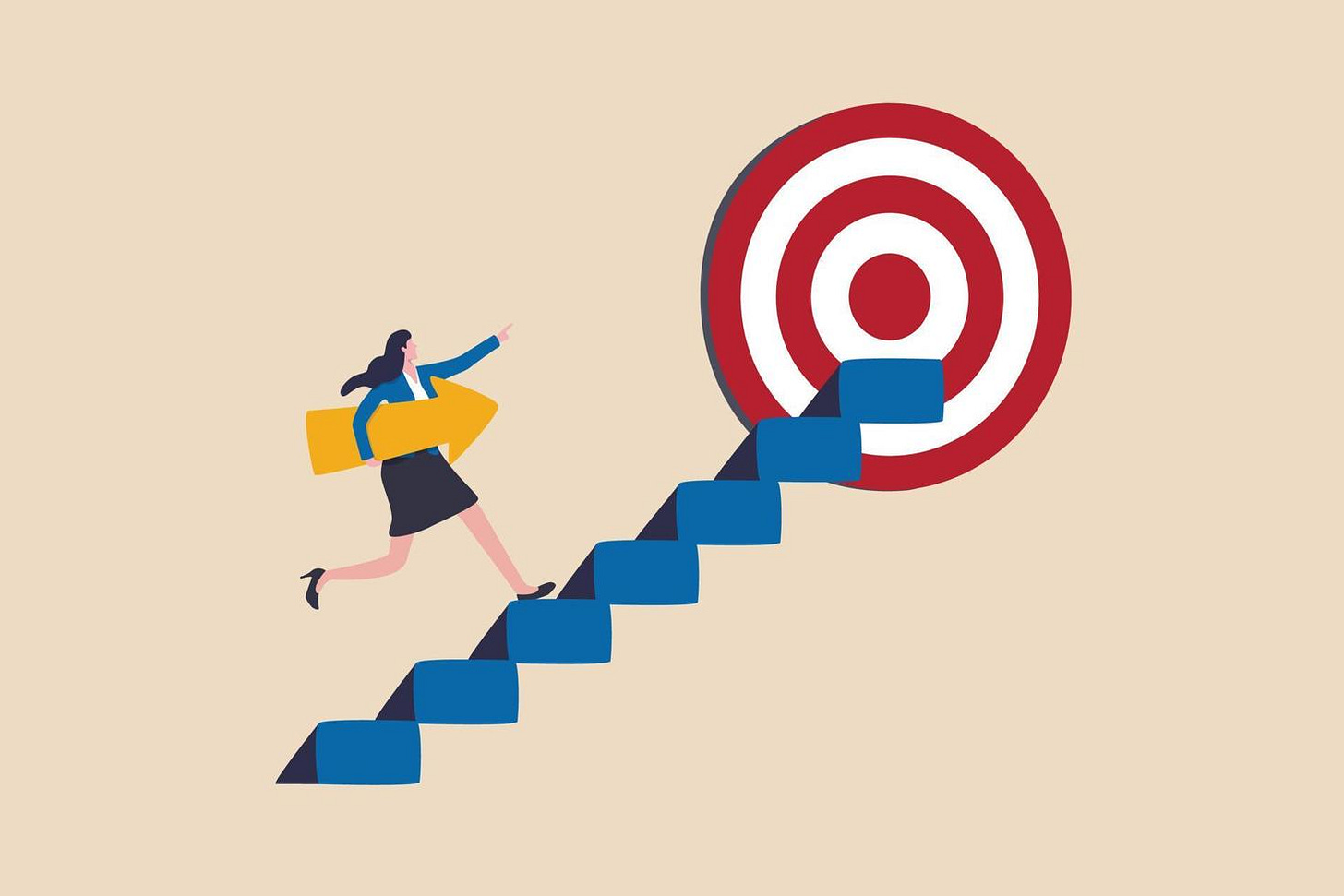Tracking Progress for Behavior Change
Why founders fail at behavior change, and what actually works
Every founder has at least one habit they wish they could change.
Interrupting in meetings.
Jumping to solutions too quickly.
Micromanaging.
Avoiding hard conversations.
Overcommitting.
Being impatient when things move too slowly.
We see it all the time: you make a promise to yourself: “Never again. I’m stopping this for good”, and by the end of the day, you’ve already broken it five times.
Then comes the shame spiral: “What’s wrong with me? Why do I keep messing this up?”
But here’s the truth: that shame cycle is based on a false understanding of how behavior change actually works. And it’s one of the biggest reasons founders (and people in general) get stuck repeating the same patterns
Why Trying Harder Doesn’t Work
Founders tend to approach habits the same way they approach building a startup: with willpower, intensity, and an expectation of fast results. But behavior change is slow, developmental, and nonlinear.
It does not work like this:
“I decided to stop interrupting; therefore, I will stop interrupting.”
Instead, it works more like learning a language, building a muscle, or shipping product: messy, incremental, and full of micro-wins that are easy to overlook.
The problem is that most people label all of that progress as failure. So they quit.
The 6 Real Stages of Habit Change
Here is the actual roadmap for changing a habit, whether it’s interrupting, reacting defensively, multitasking when someone is talking, or any other deeply ingrained behavior.
Most people only recognize the last stage as “success.” But every stage is progress.
1. Awareness: “This needs to change.”
This alone is a milestone. Most people never get here. Noticing the behavior and wanting to change it is the first sign that growth has already begun.
2. Recognizing the mistake, after the fact
At first, the gap between action and awareness is huge.
You drive home and think: “Ugh. I interrupted her three times. I did the thing.”
It might take hours, or days. This is still progress, because the brain can’t change a pattern it can’t see.
3. Recognizing the mistake faster.
The time lag shrinks. You catch yourself minutes later, maybe even in the same meeting, and say: “Hey, I realize I cut you off earlier. I’m sorry about that. Would you mind finishing that thought?”
That ability to name it in near real time is a breakthrough.
4. Catching yourself while doing the behavior
This is the first real “muscle” moment. You interrupt, and mid-sentence, you realize it.
You pause. You hand the conversation back. You correct course in the moment.
You’re learning awareness inside action, which is one of the hardest psychological skills there is.
5. Stopping yourself before you do the old habit
You open your mouth to interrupt ...
… and something inside you says:
“Pause. Don’t do it.”
This is the first time you choose a new pattern on purpose. This is what real change feels like.
6. Understanding the root and redesigning internal conditions
This is the “zen” stage.
You start asking:
What anxiety drives this habit?
What mental state helps me stay grounded before important conversations?
What do I need to feel in order to listen fully?
Then, you start putting those preventative habits into practice. You’re no longer fighting the habit but reshaping the conditions that create it. This is where the habit truly loses power.
If You Don’t Understand These Stages, You’ll Think You’re Failing
The tragedy for most leaders is that they make enormous progress and feel terrible the whole time.
They think:
“I still messed up.”
“I should be past this by now.”
“Why is this taking so long?”
Meanwhile, their time lag is shrinking, their awareness is increasing, and their ability to correct in real time is improving. That is the work. That is the change.
Every time you apologize, reset, or course-correct, you’re building the psychological muscles required for better leadership.
Why This Matters for Founders
Founders live under extreme pressure. Old habits spike during:
stressful fundraising
tight product deadlines
team conflict
investor pressure
hiring and firing decisions
customer escalations
You cannot out-hustle your way out of a deeply wired habit, but you can out-practice it.
The leaders who grow the fastest are the ones who learn to:
recognize their patterns
shrink the time lag
correct in the moment
understand the emotional drivers underneath
and be gracious with themselves along the way
Behavior change is not about perfection; it’s about becoming more aware, more intentional, and more equipped to engage others in healthier ways.
The Work Is Slow, and That’s Okay
Whether you’re trying to be a better founder, spouse, parent, colleague, or human being, change happens through dozens of tiny recalibrations over time.
Being harsh on yourself slows the process. Being gracious with yourself accelerates it.
Because the goal isn’t to never make the mistake again, the goal is to become the kind of leader who recognizes it sooner, repairs it faster, and repeats it less.



